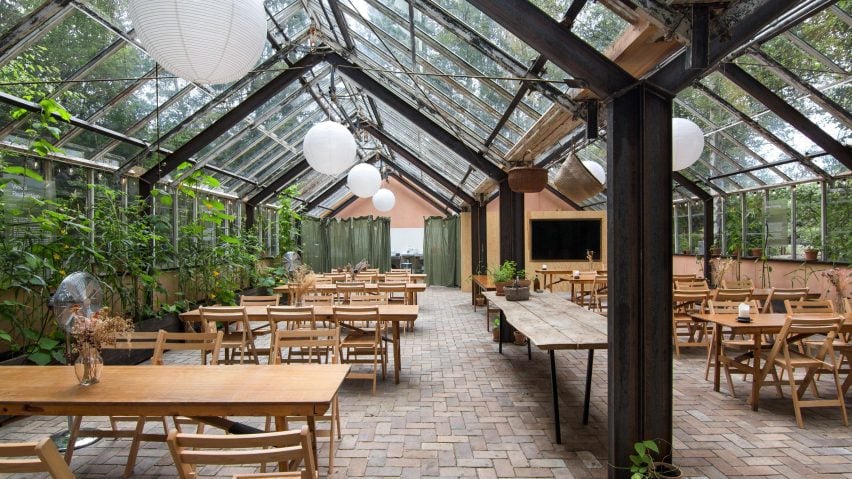
Forma transforms century-old glasshouse into Væksthuset climate classroom
A 105-year-old glasshouse from Copenhagen Botanical Gardens has been taken apart and rebuilt in a new location by architecture studio Forma to create a classroom in the west of the city.
Rescued from the brink of demolition, the greenhouse was carefully dismantled and reassembled over a new substructure and floor using as many recycled materials as possible.
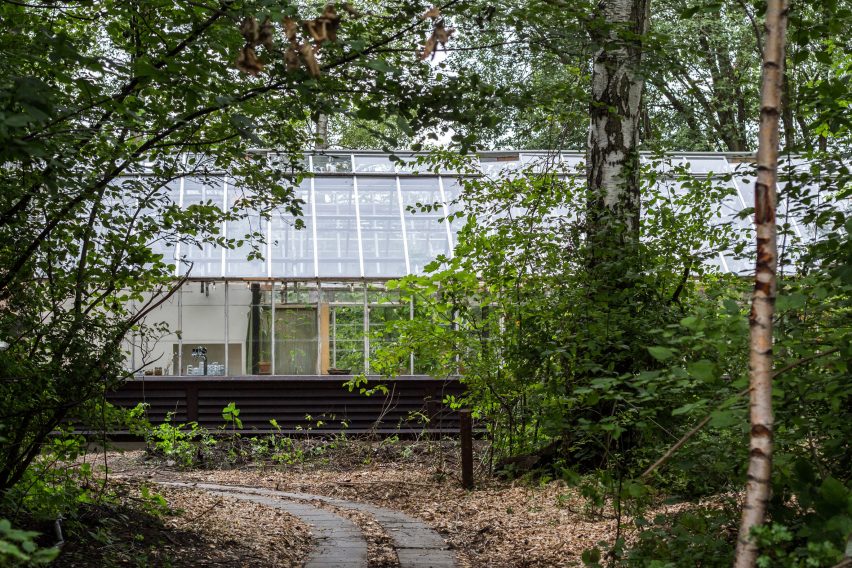
Known as Væksthuset, which translates as "the greenhouse", it is now a plant-filled education and events space with a focus on farming and sustainability.
Copenhagen-based Forma oversaw the renovation for the climate-conscious BaneGaarden, an urban farm and food venue in southwest Copenhagen.
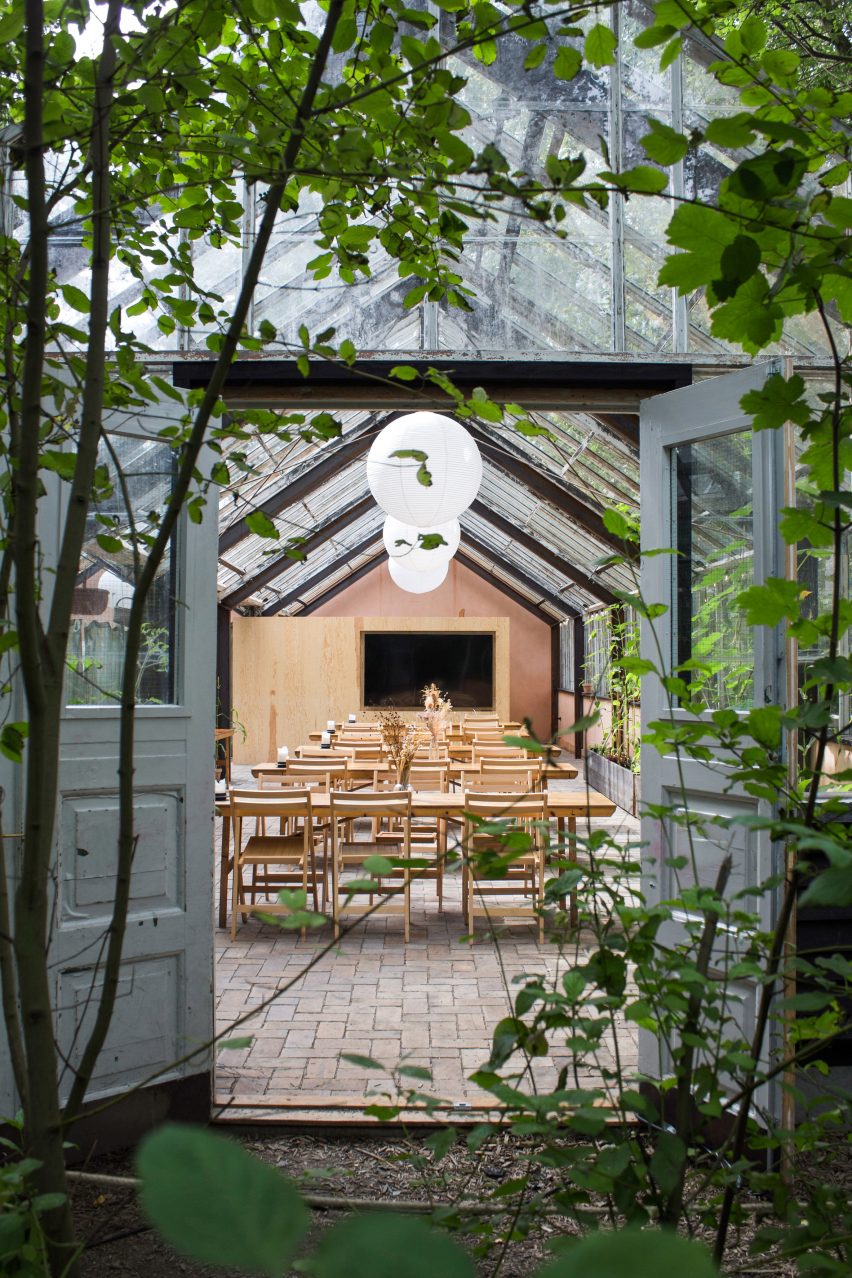
It is one of the first completed projects by the newly launched studio, which is led by architects Mikkel Bøgh and Nicolai Richter-Friis.
Bøgh told Dezeen that, while it would have been easier to build something from scratch, the result is more meaningful.
"We need to design and build so the projects of today can transform and adapt over time, long after we are gone," he said.
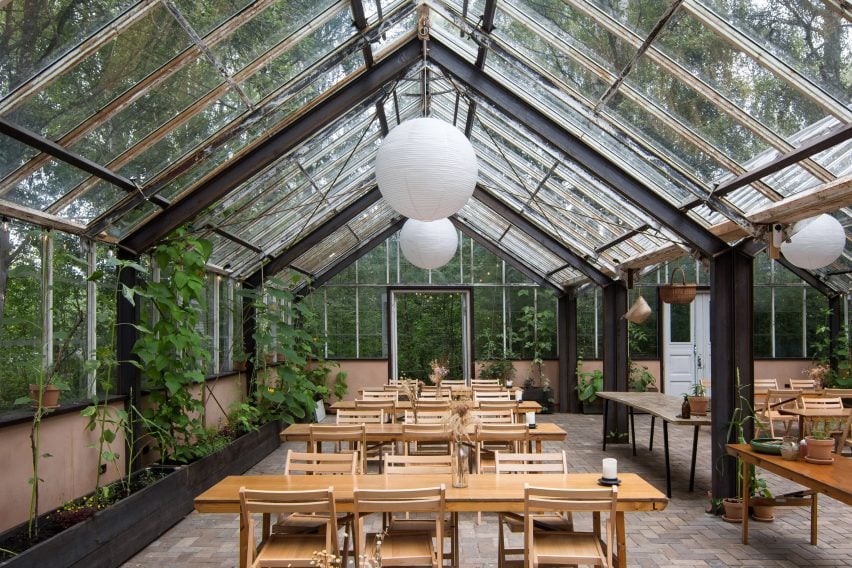
The project began when entrepreneur, activist and BaneGaarden co-founder Søren Ejlersen unexpectedly succeeded in calling off the bulldozers.
Ejlersen – a Danish chef best known as the founder of organic meal-kit company Aarstiderne – had failed in his initial campaign to block the demolition. On the day it was set to be razed, he and a videographer had simply turned up to document the event for posterity.
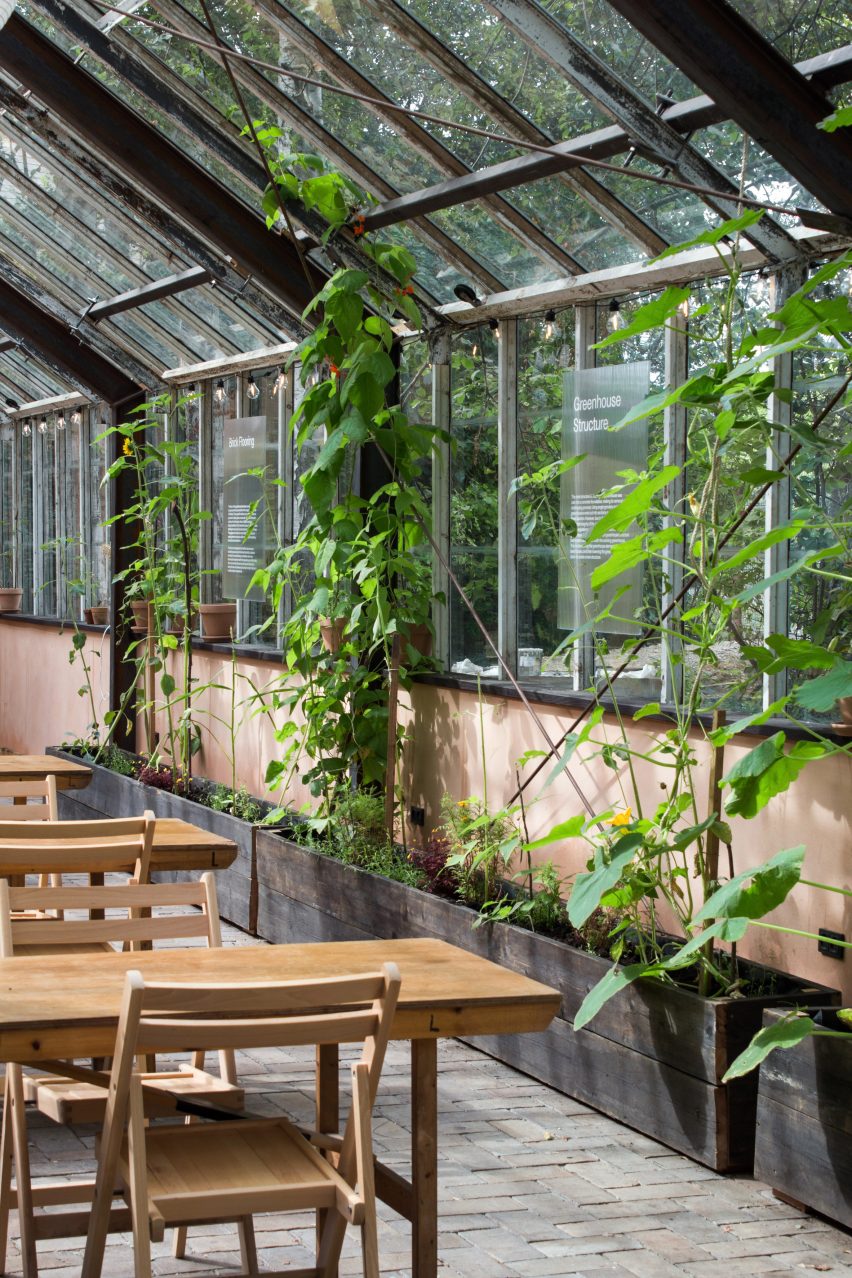
"The videographer told me the footage was boring, so I started shouting about how the building was cultural and sacred," Ejlersen told Dezeen.
"By coincidence, the videographer was wearing a TV 2 News t-shirt. They thought we were filming for the national news, so they stopped the process of tearing the building down."
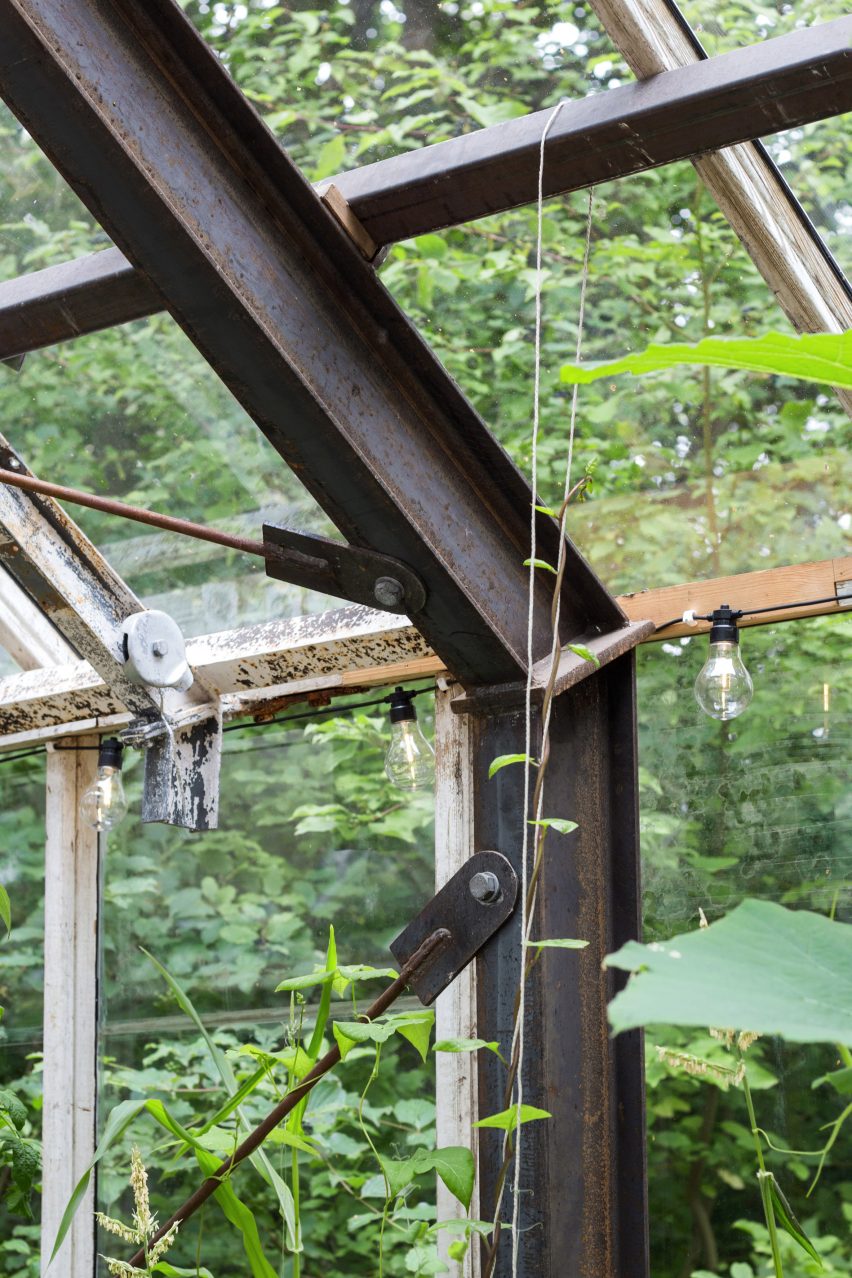
Ejlersen was given all five of the glass sheds that formed the old greenhouse, but he only had room for two at BaneGaarden, a former railyard where nine barns are set in an area of protected woodland.
These are now installed at one end of the site, while the other three were sold and repurposed elsewhere.
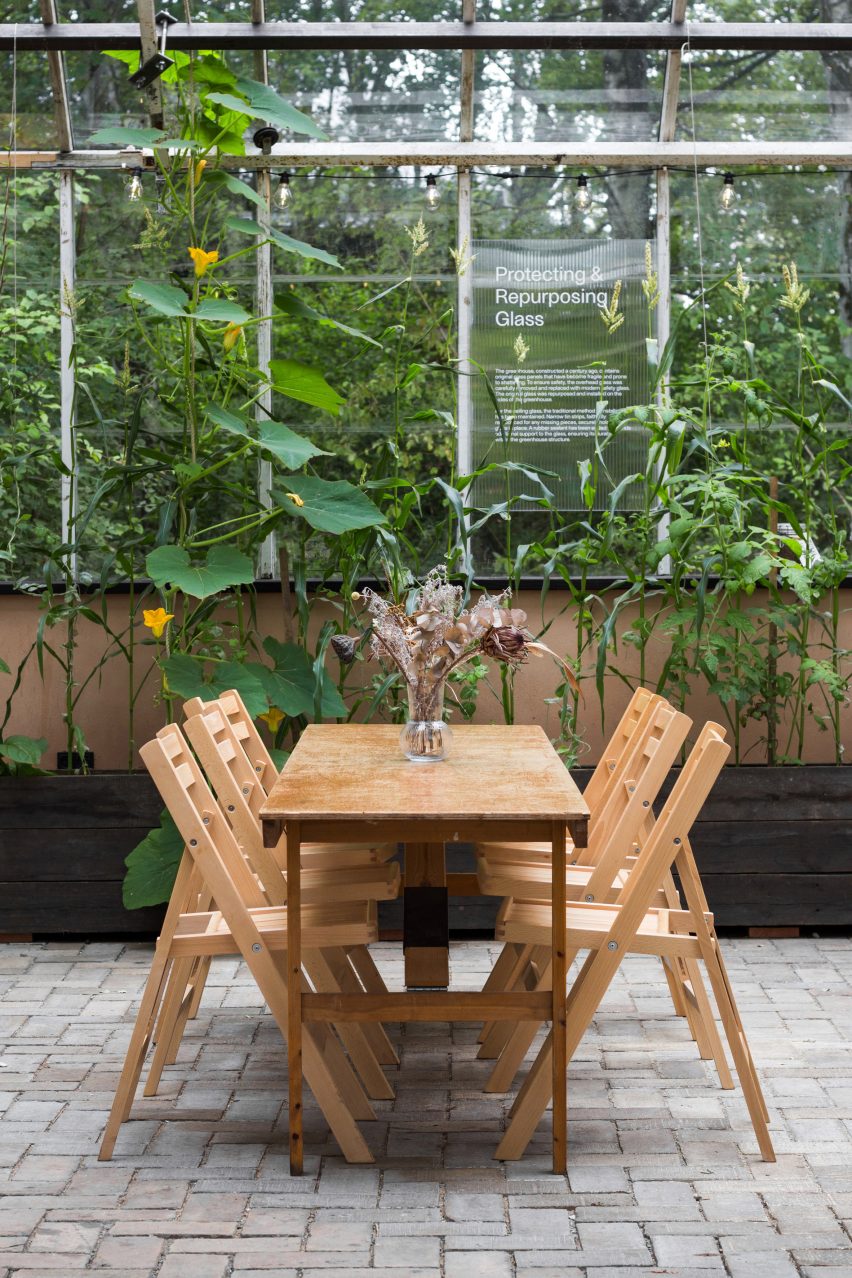
The original steelwork no longer functions as the building's primary structure. Instead, the old frame is hung over a new substructure of significantly thicker I-beams.
"Even though the building had been standing for 105 years, today's engineers could not calculate with that steel," said Bøgh.
"The only way we could rebuild was to create a substructure and then put the greenhouse on top as a climate screen."
The flooring was repurposed from the former Bella Center, an old convention centre building recently converted into a sports facility, while the doors were sourced from a local school.
Not all of the glass had survived, but the panels that did were all reinstalled on the side walls. Security glass was then sourced for the roof panels, to ensure they won't shatter if a tree branch falls on them.
Inside, it is filled with both recycled furniture and large custom-made planting boxes.
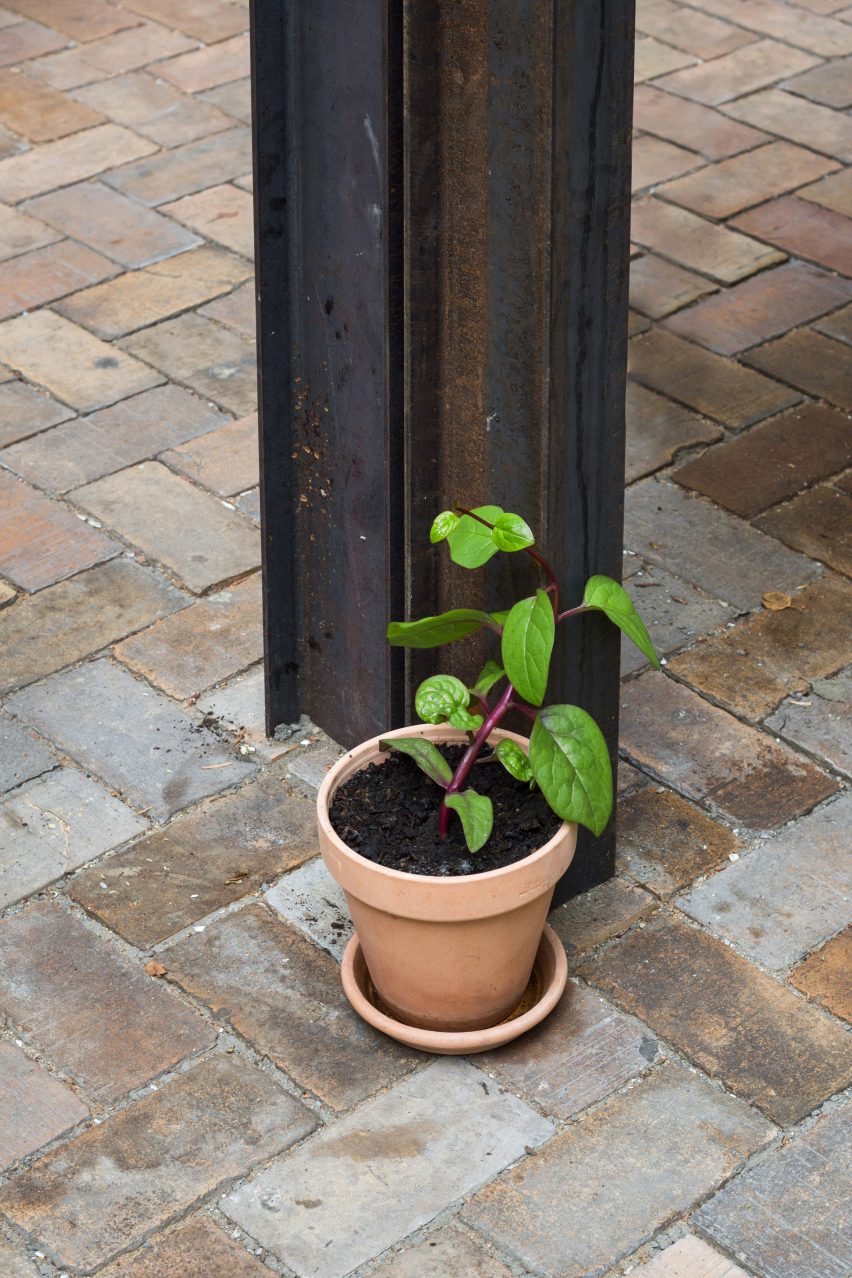
Væksthuset was one of the 15 SDG Pavilions that formed part of the programme for the UIA World Congress of Architects back in July. The project was completed thanks to funding from non-profit organisation Re:arc Institute.
There are no foundations, so the building could potentially be dismantled at a later date. However, the design team hope it will become a permanent resource for the local community.
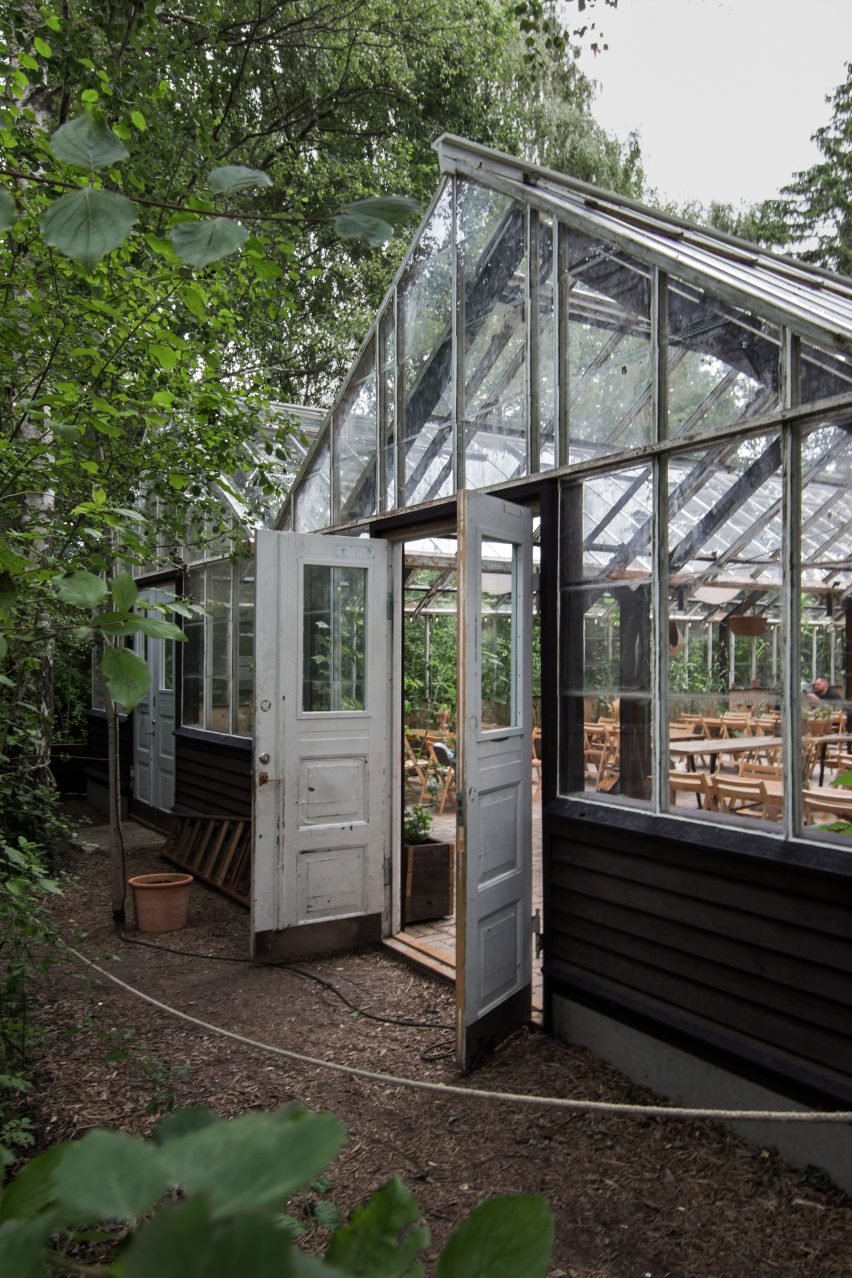
It serves a range of uses, as a venue for talks, education workshops, dinner events and weddings.
"We like to bring people here to clear their minds, to showcase impact so that we give them a new direction," added Ejlersen.
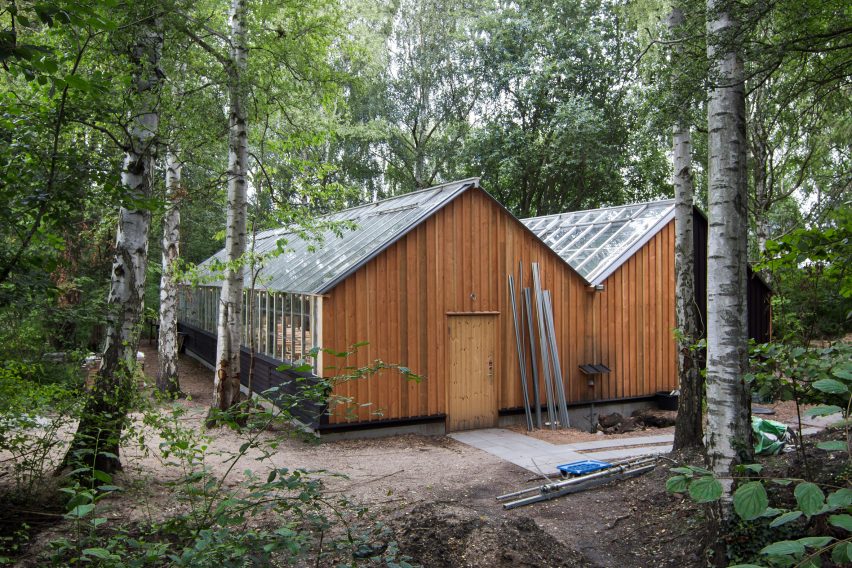
Other recent greenhouses on Dezeen include a glass pavilion with a pyramidal roof designed by Odile Decq to evoke historic orangeries, a unfolding glasshouse by Heatherwick Studio cand a timber-framed "orangery" attached to a renovated garage.
The photography is by Julius Puttkammer.